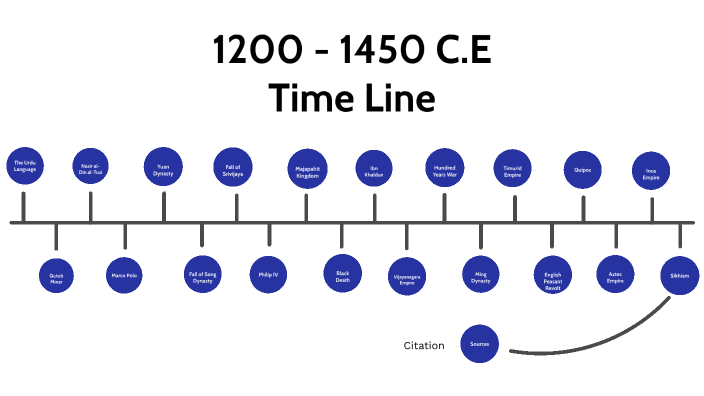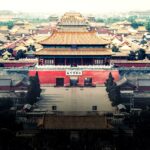A Rollercoaster of Change: Exploring 1200-1450
Fasten your seatbelts for a journey through the tumultuous years between 1200 and 1450. This era was a whirlwind of transformative events: empires rose and fell, trade routes connected distant corners of the globe, and groundbreaking innovations reshaped societies. From the devastating sweep of the Black Death to the flourishing of artistic and intellectual creativity during the Renaissance, this period laid the foundation for the modern world.
Powerful Empires and Global Connections
Imagine a world where the largest land empire in history stretched from East Asia to Eastern Europe. This was the reality of the Mongol Empire, founded by the legendary Genghis Khan in 1206. While known for their military prowess, the Mongols’ rule, particularly during the Pax Mongolica, facilitated a period of stability and unprecedented trade along the Silk Road. This legendary network wasn’t just about silks and spices; it was a conduit for knowledge, religion, and cultural exchange, connecting East and West in ways never seen before.
Meanwhile, across the Mediterranean and Indian Ocean, maritime trade flourished, driven by new technologies and a growing demand for luxury goods from the East. Cities like Venice and Genoa rose to prominence as key centers of commerce, their fates intertwined with the ebb and flow of global trade.
Innovation, Religion, and the Black Death
The year 1200 was a time of remarkable technological advancement. The compass, invented in China, revolutionized navigation, enabling sailors to venture further and with greater confidence. Gunpowder, another Chinese invention, began to transform warfare, though its full impact would be felt in the centuries to come.
This era also witnessed the continued spread of major religions. Islam, through a blend of trade and conquest, expanded its influence across Afro-Eurasia, while Buddhism continued its eastward journey along the Silk Road. In India, the Bhakti movement emphasized a personal connection with the divine, leaving a lasting impact on Hinduism and later influencing the development of Sikhism.
But amidst these transformative changes, a shadow loomed. The Black Death, a devastating bubonic plague pandemic, emerged in the mid-1300s, leaving a path of unimaginable suffering and death across Europe, Asia, and North Africa. This catastrophic event reshaped societies, decimated populations, and left an enduring mark on the world.
The Americas: Unique Trajectories of Development
While empires rose and fell in Afro-Eurasia, the Americas witnessed the flourishing of their own unique civilizations. In North America, the Mississippian culture, known for its impressive earthen mounds and sophisticated social structure, thrived in the Mississippi River Valley. However, the decline of their largest city, Cahokia, around 1450 remains a mystery, reminding us of the cyclical nature of even the most powerful societies.
Far to the south, in the Andean region of South America, the Inca Empire was gaining prominence. Renowned for their architectural prowess, evident in sites like Machu Picchu, the Inca developed a complex system of roads, agriculture, and governance, leaving an indelible mark on the region.
Reflecting on a Pivotal Period
The era of 1200-1450 was a period of immense change, upheaval, and transformation. It was a time when the world felt both smaller, thanks to increased trade and interconnection, and much larger, as people began to grasp the true scope and diversity of human civilizations. The events of this era, from the rise of the Mongol Empire to the devastating consequences of the Black Death, laid the foundation for the modern world, shaping the political, social, and technological landscape we inhabit today.
- Windthorst, Texas: A Small Town with Big German Heritage - November 23, 2024
- Wyalusing, PA: A Journey Through History and Nature on the Susquehanna River - November 23, 2024
- Wellford, SC: A Comprehensive Guide to Spartanburg County’s Growing Town - November 23, 2024















